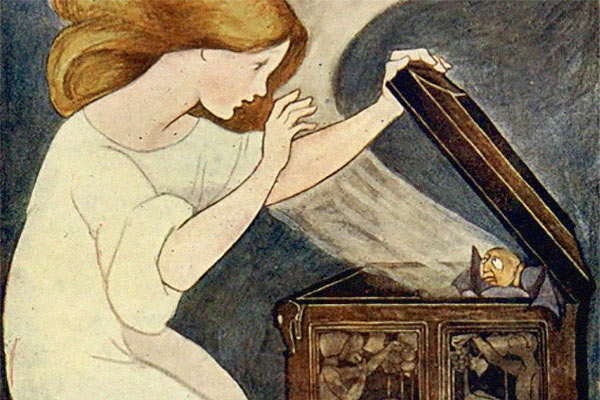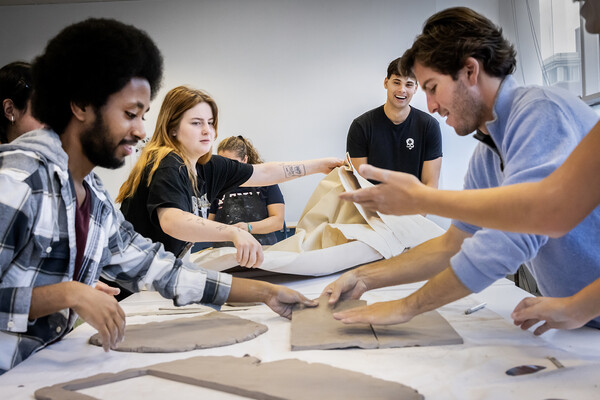In a four-month span, Sheila Murnaghan, the Alfred Reginald Allen Memorial Professor of Greek, published a new Norton translation of Euripides’ “Medea,” the essay collection “Hip Sublime: Beat Writers and the Classical Tradition,” co-edited by fellow Penn classicist Ralph Rosen, Vartan Gregorian Professor in the Humanities, and “Childhood and the Classics,” coauthored with Deborah H. Roberts, a professor of classics at Haverford College.
The three projects required different mindsets. “For “Medea,” my only collaborator was Euripides,” says Murnaghan, whose approach to translation treads a line between “the literal and the spirit. You can’t be too experimental in a work intended to present students with a surrogate for the Greek text,” she says.
The collection “Hip Sublime” looks at how the ancient classics influenced the work of the Beat generation, including Jack Kerouac and Allen Ginsberg, but also less-well-known authors like Kenneth Rexroth and Diane di Prima.
The book “Childhood and the Classics,” on how classics were transformed into children’s literature, spans the mid-19th century to about 1965. Children were taught the classics before then, says Murnaghan, but often with dry, academic handbooks.
One of the things that reworking the classics does is bring different facets of the material to light, so that you see that a poet like Catullus—whom many people read in an intermediate Latin class because his Latin is relatively accessible—was actually a very avant-garde writer,” Murnaghan says. “To the Beats, that made him seem like a soulmate. Sappho, the only female Classical poet who survives to us in any large amount—it’s easy to see her as a counter-cultural figure. They were out there, ancient poets who could seem subversive.”
Read more at Omnia magazine.
This story is written by Susan Ahlborn.







